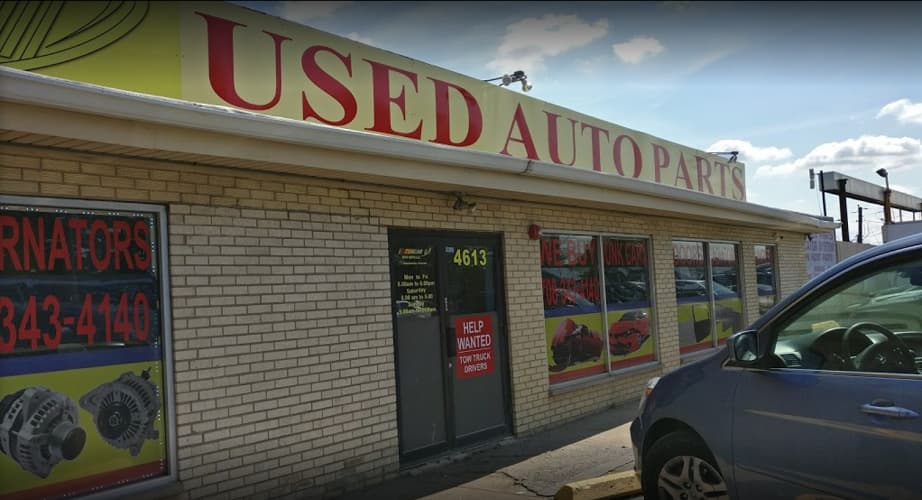The alternator is the electrical powerhouse that keeps your engine running, headlights on, and battery charged. So, when problems with this vital part appear, you can count on a serious slowdown or complete stop. The cold weather plays a part in this too. The good news is that there’s always a junkyard in Melrose Park, IL.

Here are 3 common alternator issues related to cold weather
-
The Bigger Battery Drains
You can put a serious drain on a vehicle’s battery if you use thick car oil. Since this means more power is required to get a car started, the alternator will have to work harder and run longer to deliver a full recharge to the battery. However, If your alternator isn’t in good condition, this extra work could cause more damage. Also, if you’re using a weak or defective battery, low temperatures could place even more strain on the charging system.
-
Water Problems
In winter, there is still plenty of precipitation. So , in case of excessive water exposure, the shaft bearings on the alternator can get damaged. If you hear a tinkering or rumbling sound under the hood, the bearings may need replacing. If they aren’t fixed, the alternator may just damage other parts of the charging system. This would be such a pity! But there’s always the affordable option of buying used auto parts in Chicago or anywhere.
-
The Stiff Belts
With the help of cold weather, the serpentine belt can shrink up and become stiffer. When the alternator starts moving, it can place stress on the belt, causing it to become loose. So, if the belt is damaged or starts slipping, the charging system won’t work well.
Common signs of serpentine belt issues may include dimming headlights, burning rubber smells, or squealing sounds. As soon as you notice any of these warning signs, seek repair or replacement.
Follow us on Facebook for more!

